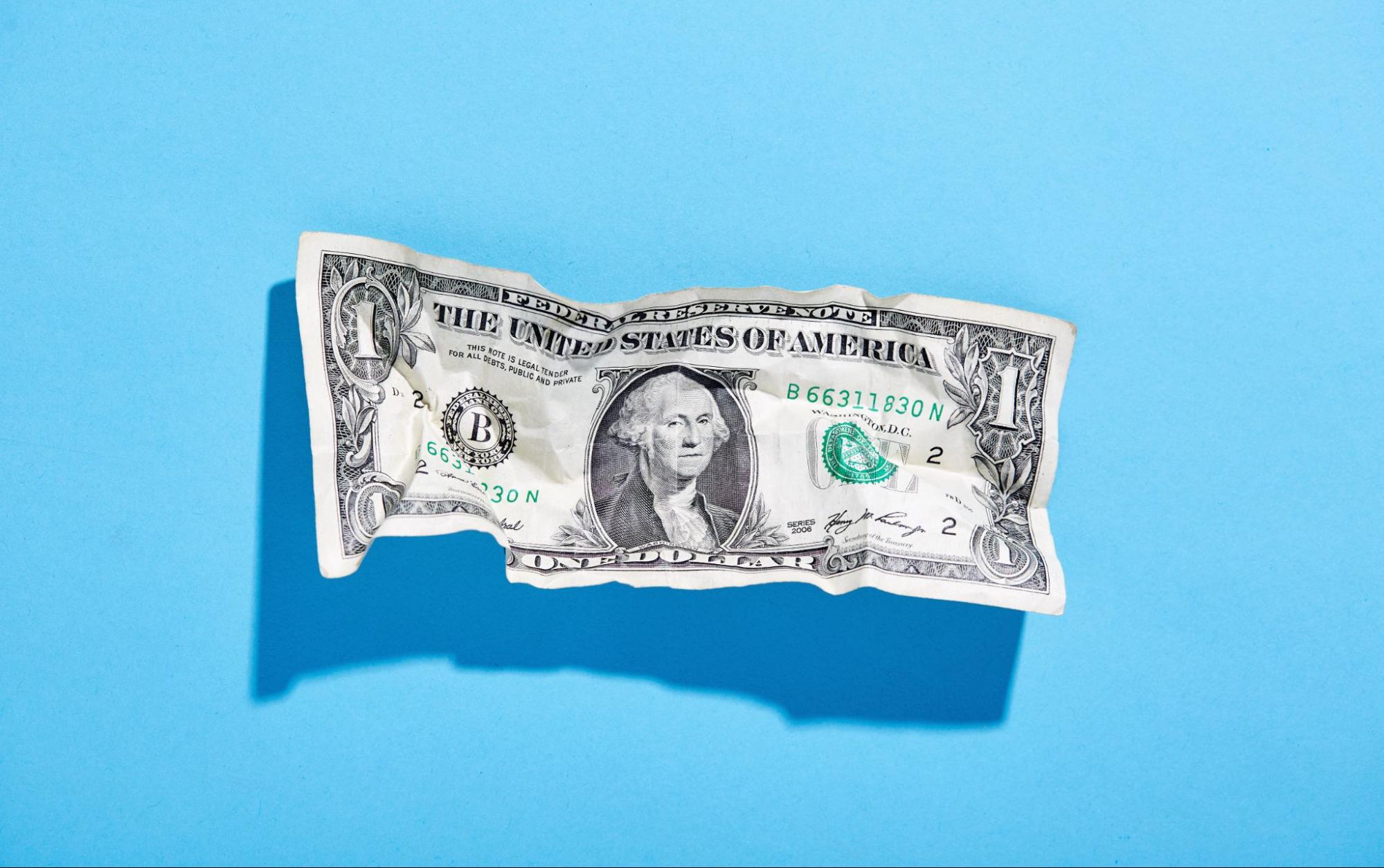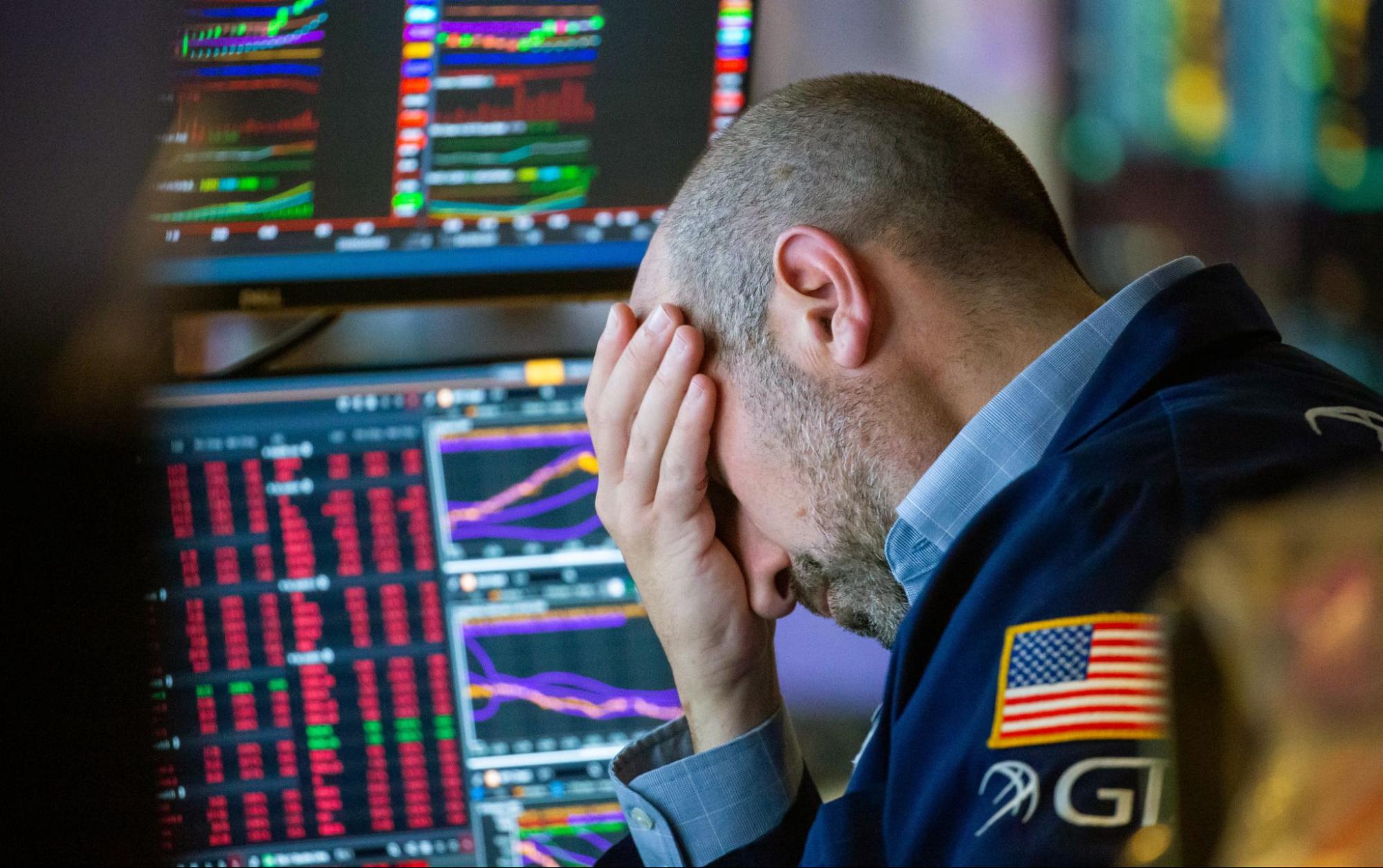The U.S. state of mine

As crypto mining becomes big business, regulators are taking a closer look. [agnormark via Getty Images]
There’s never a dull moment on the blockchain. Here’s what you need to know this week:
How to take advantage of a crypto down cycle. Cooler crypto markets offer plenty of opportunities to sharpen your skills.
The U.S. is scrutinizing crypto mining. New York, Texas, and Washington D.C. are all surveying the fast-growing mining industry.
Noteworthy numbers. The number of Chipotle restaurants that accept crypto, and other interesting figures to know this week.
STACKING STRATS
How to make smart moves in a down market
Analysts have lots of hard data they use to predict market performance — but they also have to factor in a vibe check known as “market sentiment,” which refers to everything from the psychology of participants to the tenor of news coverage. During extended bull runs, for instance, investors often assume gains are inevitable. But during down cycles — like the current one, with BTC down 40% for the year — an equally unfounded degree of pessimism can set in. While nobody knows how long a down cycle might last, there are lots of potentially smart moves you can consider to set yourself up for the next bull run. Let’s take a look at a few.
Instead of trying to time the market, consider dollar-cost averaging (DCA), in which you buy a smaller amount of an asset every week or month no matter what prices are doing. This is a smart strategy if you believe that crypto prices will generally trend upward over a longer time horizon. Although DCA is a popular way to buy crypto, traditional investors have been using this strategy for decades to weather stock market volatility. Anyone with a Coinbase account can quickly set up recurring buys for any listed asset.
Earn interest with collateralized stablecoins. Holding USDC on Coinbase, for instance, can earn you 0.15% APY, more than twice the average U.S. savings-account interest rate. This is a great way to earn a little bit of yield on some of your savings without tying your capital up in any kind of difficult-to-unwind investment — your money is ready to go if you spot a killer trade opportunity.
Take advantage of low gas fees to learn new crypto skills — like registering for an Ethereum Name Service (ENS) domain. Even though ETH prices have trended downward throughout the first half of this year, ENS registrations had a record month in May, which saw 356,652 new .eth domain names. Why get an ENS name? The idea is to register a human-readable name — as in [insert your nickname].eth — that will serve as your web3 username (as opposed to the long alphanumeric strings that make up a normal wallet address) and allow you to send and receive crypto and NFTs. Proponents believe that as web3 continues to emerge, your ENS domain will serve as your identity for a huge range of online services.
Use the time and mental space afforded by the down market to learn how to DYOR — crypto speak for “do your own research.” Spend a few minutes a day learning the basics, reading crypto news (including dedicated outlets like The Block and Decrypt); diving into the whitepapers of projects you’re interested in; and digging into analytics (via sites like Messari, DappRadar, Dune Analytics). No matter what you learn, never abandon common sense. There’s no such thing as yield without risk — so if you see double-digit interest rates when banks are offering fractions of a percent, only invest what you can afford to lose.
Why it matters… Nobody can predict the future, but pretty much all successful investors agree that bear markets are where you make the moves that set you up for success in the next surge. By taking care of the basics now — whether that means steadily DCA-ing into BTC or ETH while prices are low, growing your knowledge, or taking advantage of low gas fees to experiment with DeFi — you’ll be ready capitalize when markets turn around.
MINE CONTROL
BTC mining is booming, drawing regulatory attention
While Bitcoin is hovering around multi-year lows, another key metric — Bitcoin’s mining hash rate — is close to all-time highs. BTC’s mining hash rate is a measure of the network’s total computing power and a key security metric. It currently operates near 210 million terahashes per second, only a few percent below its all-time high set last month. So why has mining power been so high when prices are struggling? What are the implications for the environment? And what are regulators saying? Let's dig in.
The Bitcoin network’s mining power is a rough indicator of how many miners there are around the world — and it’s a number that’s been rebounding since a mining ban in China took a substantial percentage of mining power offline last summer. Over the last year, BTC mining power has increasingly spread around the world — including the almost 38% of global activity that now takes place in the U.S., making it the world leader.
As the industry has boomed in the U.S., it’s drawn increasing attention from regulators. In response to the Biden Administration’s March executive order on “the responsible development of digital assets,” the White House is working on a forthcoming report on crypto mining and the environment, which will consider — among many other questions — the potential mining operations have on stabilizing electric grids by ramping up at times of low demand and shutting down when demand is peaking.
In New York (which currently hosts around 10% of U.S. BTC mining) a bill that would place a two-year moratorium on new coal and natural-gas based mining operations awaits Gov. Kathy Hochul’s signature. Some in the state say limiting energy-intensive proof-of-work mining would help reach climate goals, while much of the crypto industry (including Coinbase) points to the thousands of jobs that could be lost if the bill passes. Meanwhile, in Texas — another U.S. hub with around 11% of total BTC mining — Gov. Greg Abbott has championed crypto mining as a way to increase the kind of energy grid resilience the White House report is studying.
Miners are incentivized to find the cheapest energy sources available, which increasingly means sustainable and repurposed energy. Natural gas producers use a process called “flaring” to burn excess production, harming the environment and benefiting nobody. Mining firms are now tapping into flare gas and converting the excess energy into value with no net increase in emissions. Crusoe Energy, a startup focused on converting excess energy into BTC, recently raised $350 million and is pursuing flare-powered mining with ExxonMobil in North Dakota and with the government of Oman in the Middle East.
North Dakota’s governor recently announced plans to partner with another renewable mining firm, Bitzero Blockchain, to create a $500 million facility that will use the heat generated by the mining process to warm a food-producing greenhouse. And these kinds of initiatives aren’t limited to wealthy nations. In Africa, Kenya’s largest electricity provider announced plans to offer Bitcoin miners access to surplus geothermal power, potentially enabling the nation to emerge as a new mining hub.
Why it matters… Last year, Tesla made headlines when it reversed plans to accept BTC, citing the use of fossil fuels for mining. In the year since, a range of sustainable mining practices have emerged — including the rise of flare-powered mining. Now, Tesla itself has announced it’s getting into the sustainable-mining business, by building a solar-powered mining facility in Texas.
NUMBERS TO KNOW
$72 million
Dollar value of the 19,969 NFT-based digital land deeds that Ethereum-based game Illuvium sold last week, defying a cooling NFT market. The sci-fi RPG, which is scheduled to launch on PC and MacOS in the third quarter of the year, will include a bespoke in-game marketplace that will allow players to buy and sell NFT-based land, weapons, and more.
$360,000
Dollar value of the Bored Ape Yacht Club (BAYC) NFTs that were stolen on June 4 after the BAYC Discord was compromised by a phishing attack — the third major attack on the blue-chip NFT collection this year. The hacker gained control of a community manager’s account and began posting fraudulent links in official channels for both BAYC and the BAYC-related metaverse project Otherside. (Learn how to protect yourself from NFT scams.)
3,955 BTC
All-time high amount of bitcoin locked into the Lightning Network as of Sunday, a potential indicator of growing crypto adoption. The Lightning Network allows users to send and receive BTC quickly and cheaply by moving transactions off the main blockchain — sort of like an express lane on a highway.
2,975+
Number of Chipotle restaurants in the U.S., all of which accept crypto payments via payments platform Flexa. Now you can buy that barbacoa burrito bowl and extra guac with 98 (!) different cryptocurrencies, including BTC, ETH, and SOL.
$200
Max value of any crypto transaction that would be tax-free under a new bipartisan crypto bill from Sens. Kirsten Gillibrand (D-N.Y.) and Cynthia Lummis (R-Wyo.). Their long-awaited Responsible Financial Innovation Act addresses a wide range of crypto policies — including taxes, stablecoins, and regulation. Notably, the bill would treat most digital assets as commodities, falling under the jurisdiction of the CFTC (and not the SEC, which regulates securities like stocks). The senators touted the bill as a “landmark bipartisan legislation that will create a complete regulatory framework for digital assets.”
17
Number of trademark applications Kanye West has filed for his YEEZUS brand — including for potential NFTs, “metaverse experiences,” and “an online marketplace for buyers of crypto and/digital collectibles, currencies, tokens, and assets.” These applications may signal a reversal from a January Instagram post, in which the rapper said, “STOP ASKING ME TO DO NFTS.”
TUNE IN
Coinbase CEO Brian Armstrong on crypto’s place in a fast-changing world
On a special edition of our Around the Block podcast, Coinbase CEO Brian Armstrong is sharing his thoughts on the future — and what it means for crypto, Coinbase, and the global economy. Join host Justin Mart as he chats with Brian about the next phase of the cryptoeconomy and how it relates to legendary investor Ray Dalio’s "Changing World Order" thesis.
TOKEN TRIVIA
Which of the following is a decentralized exchange?
A
Coinbase
B
Lightning Network
C
Uniswap
D
Polygon
Find the answer below.
Trivia Answer
C
Uniswap











